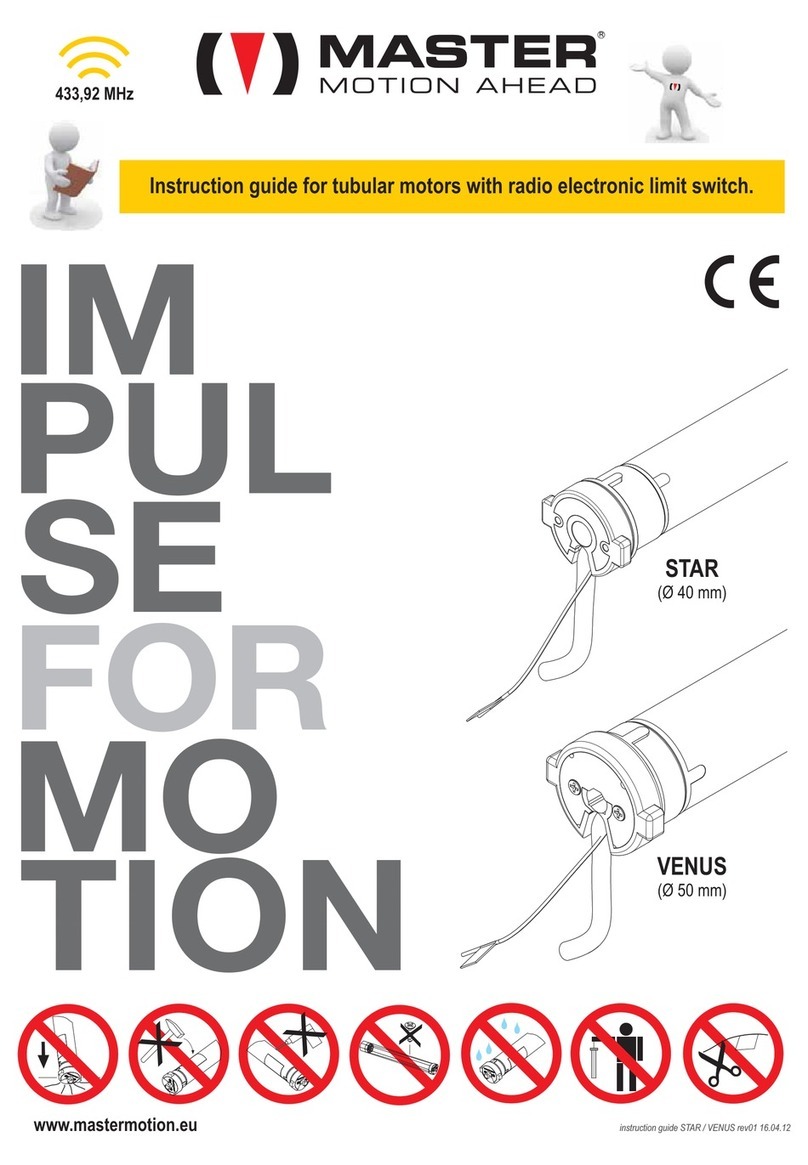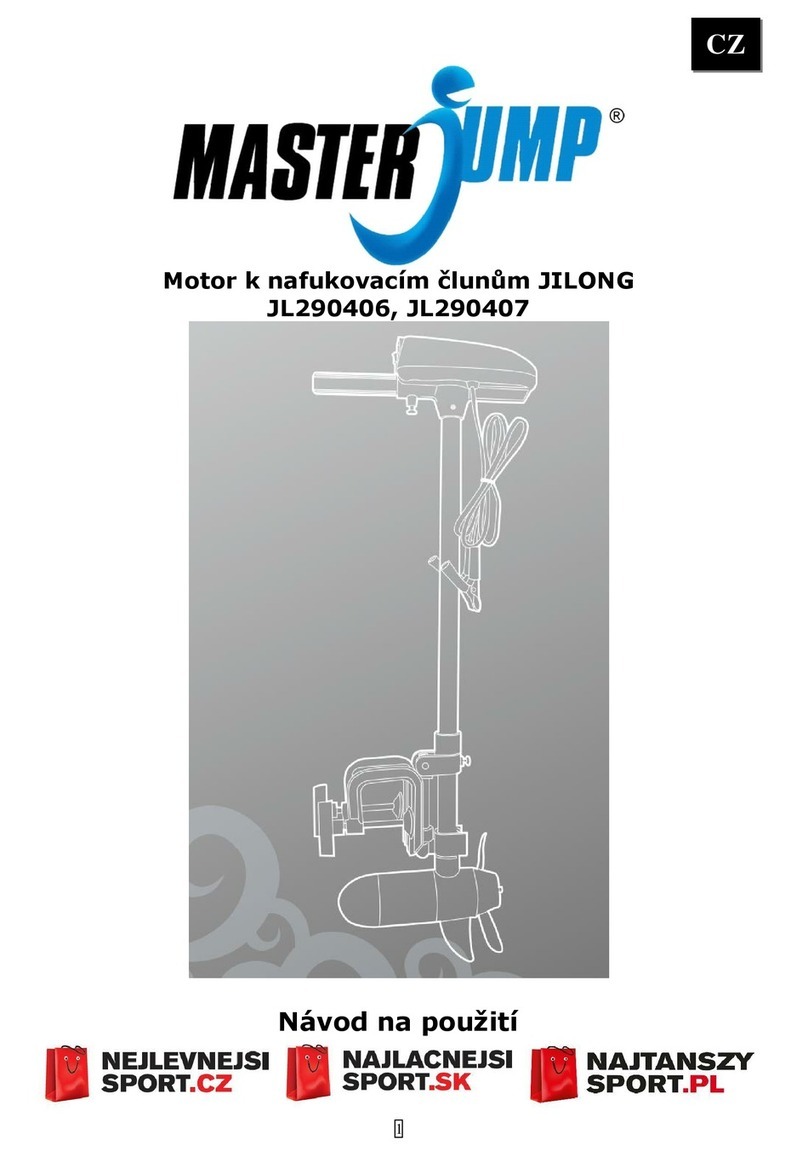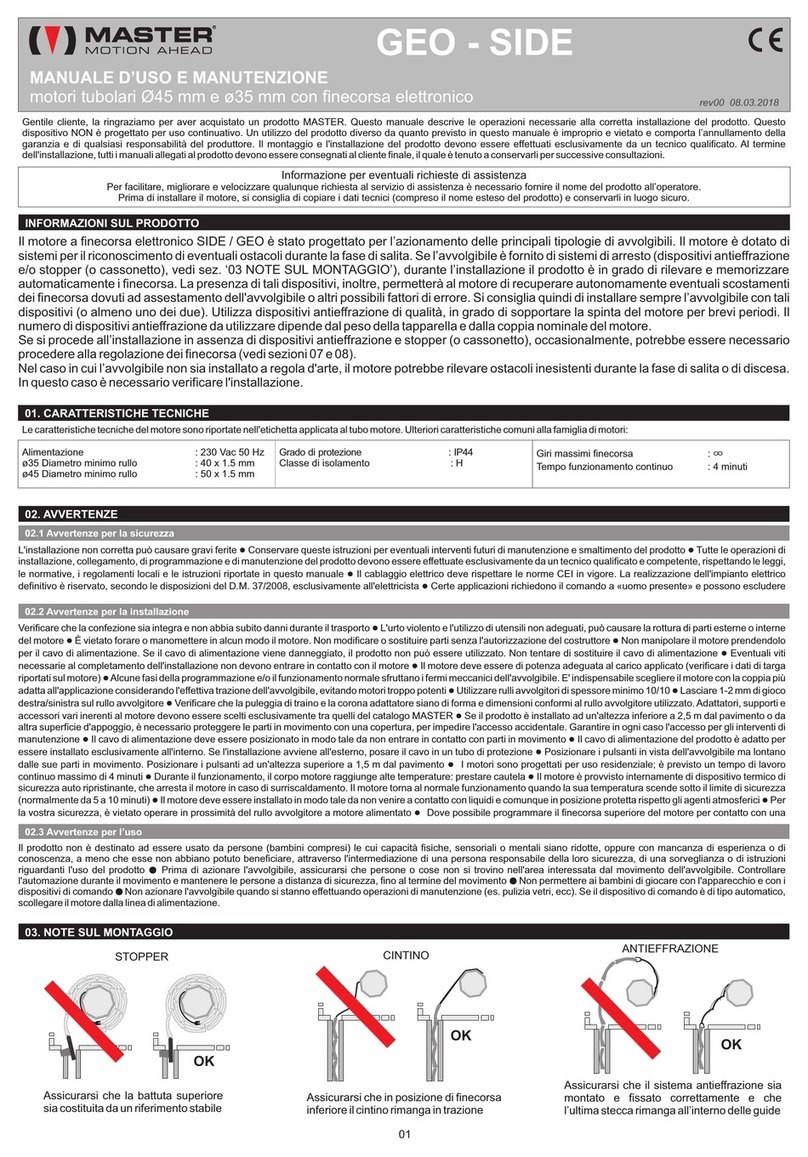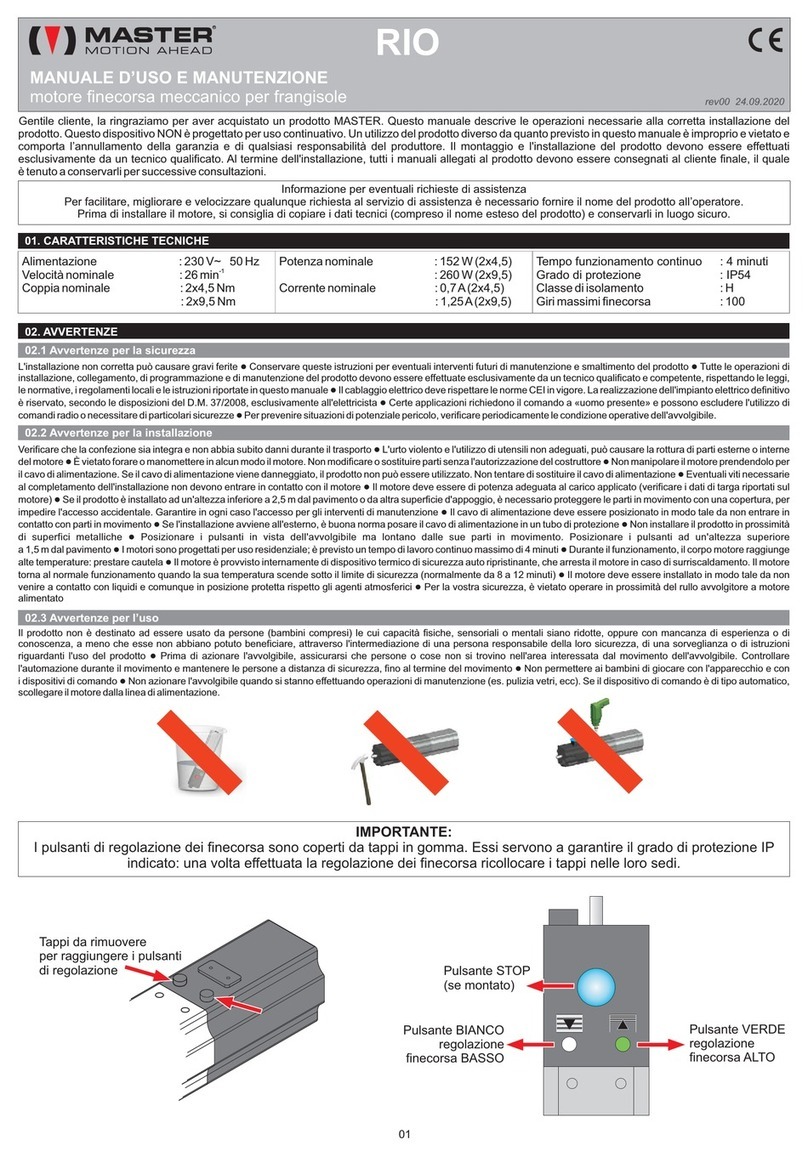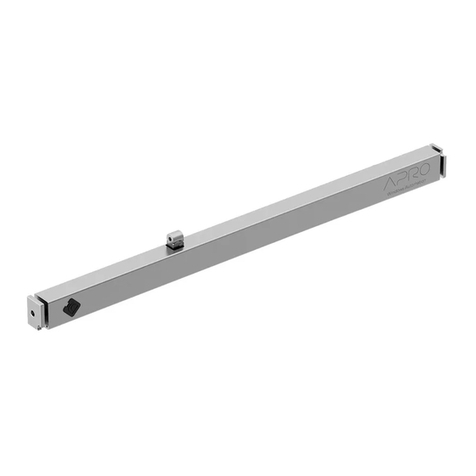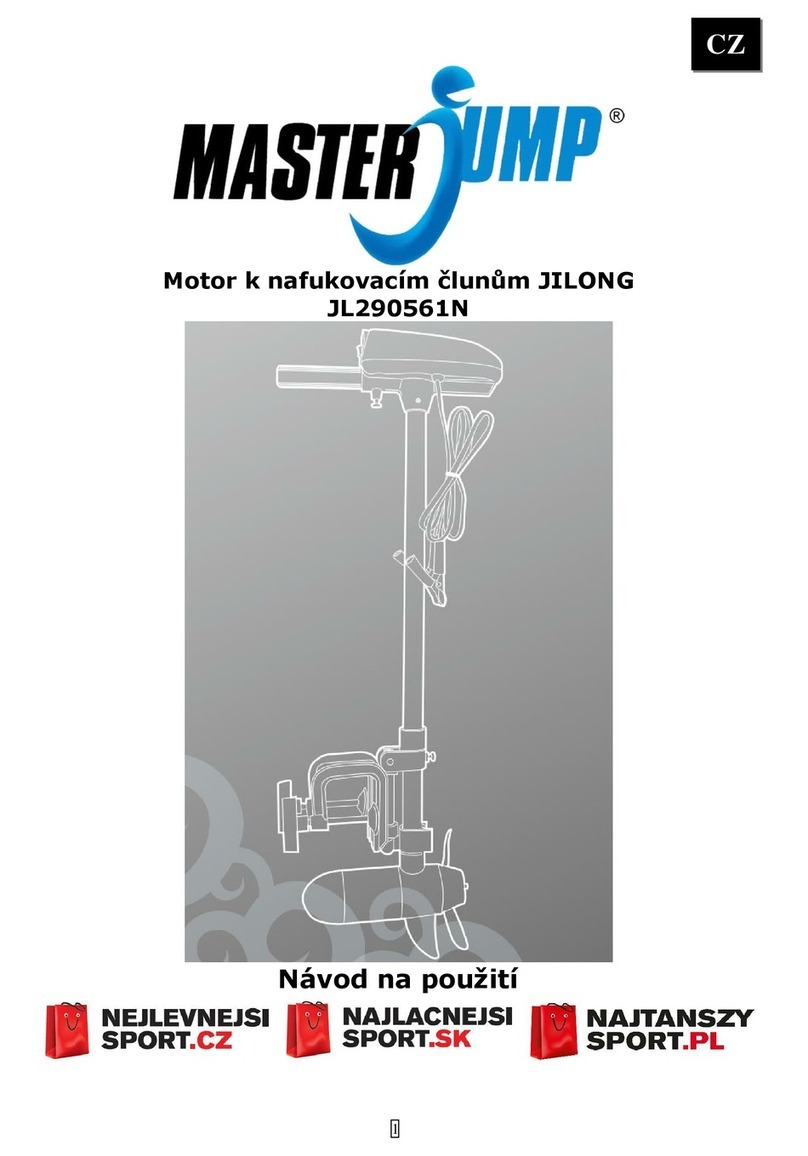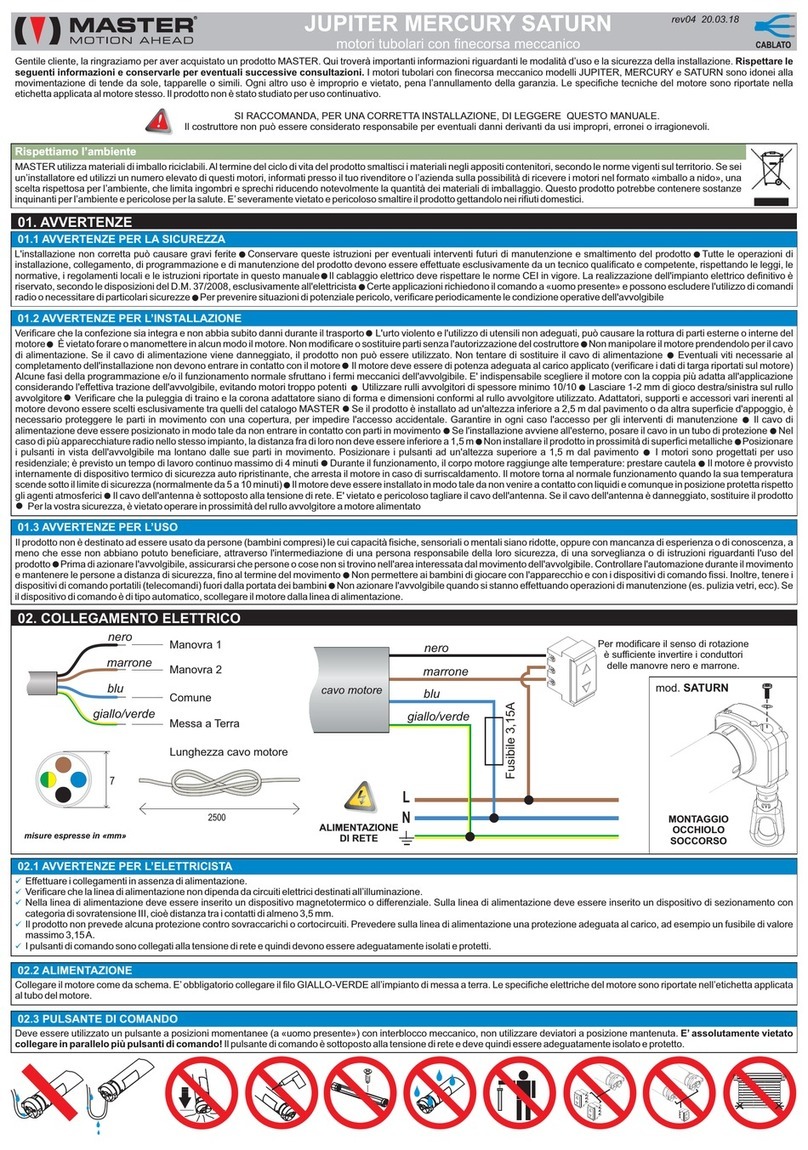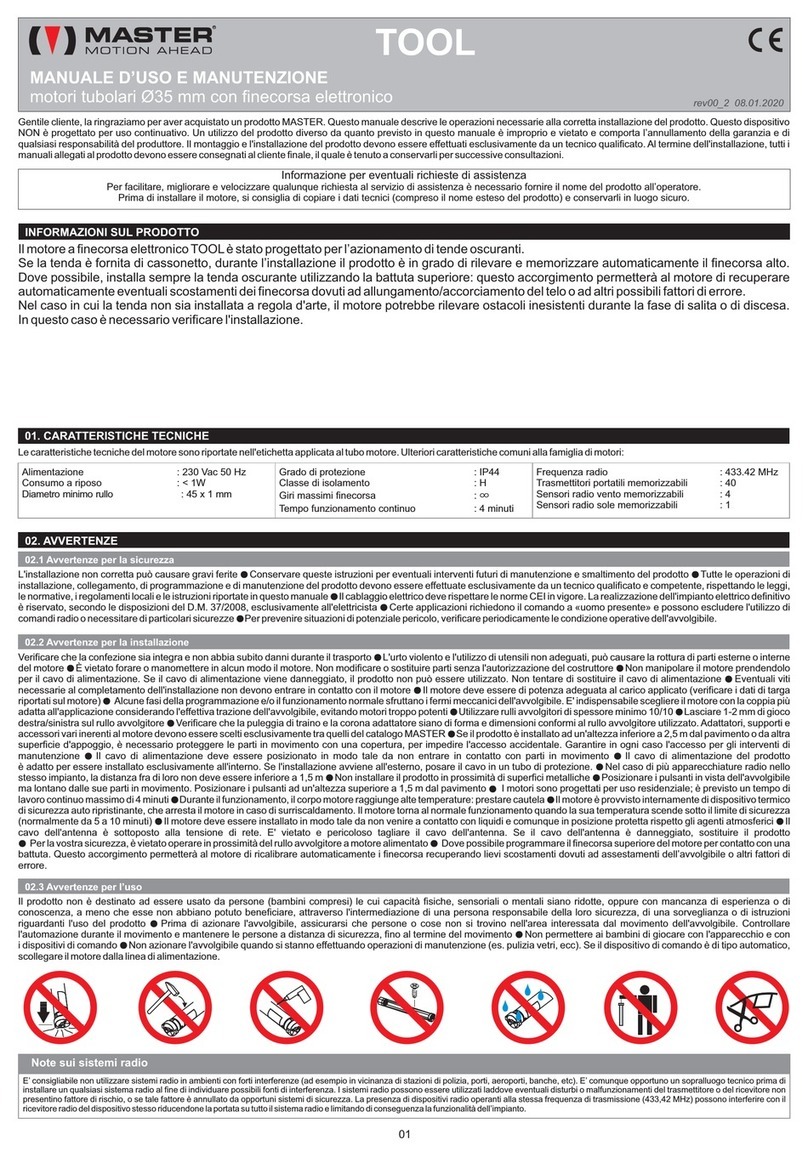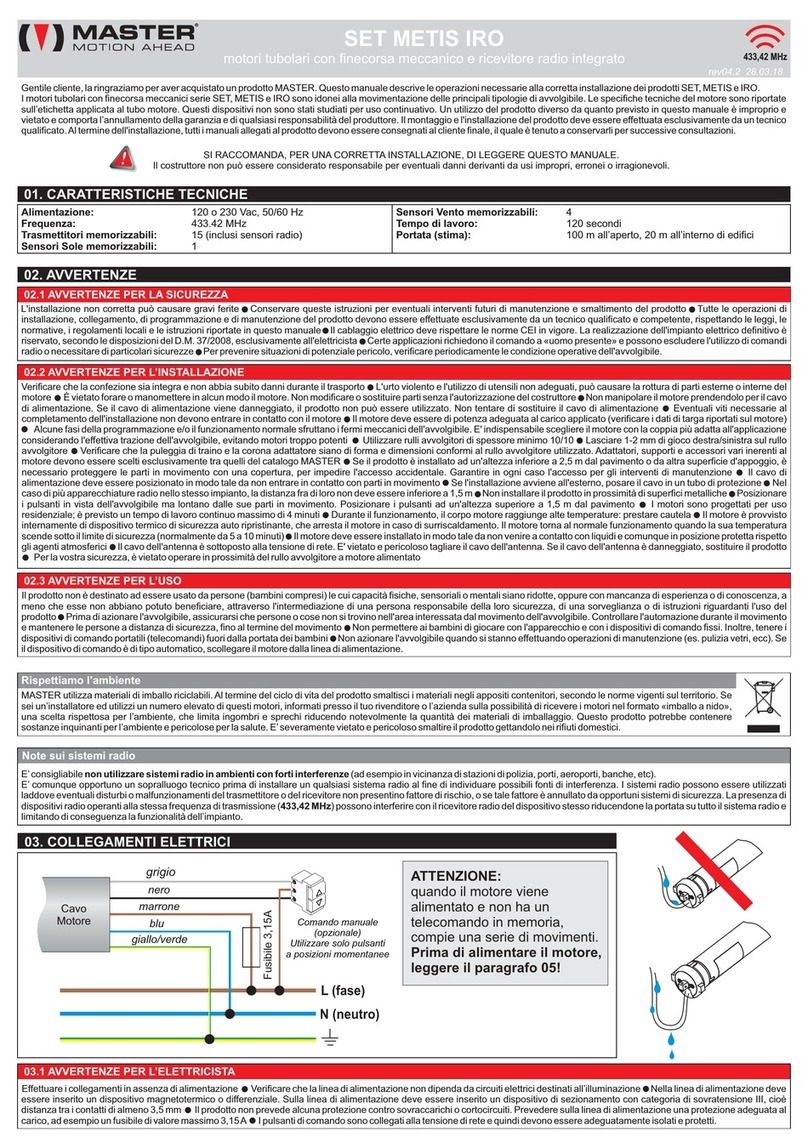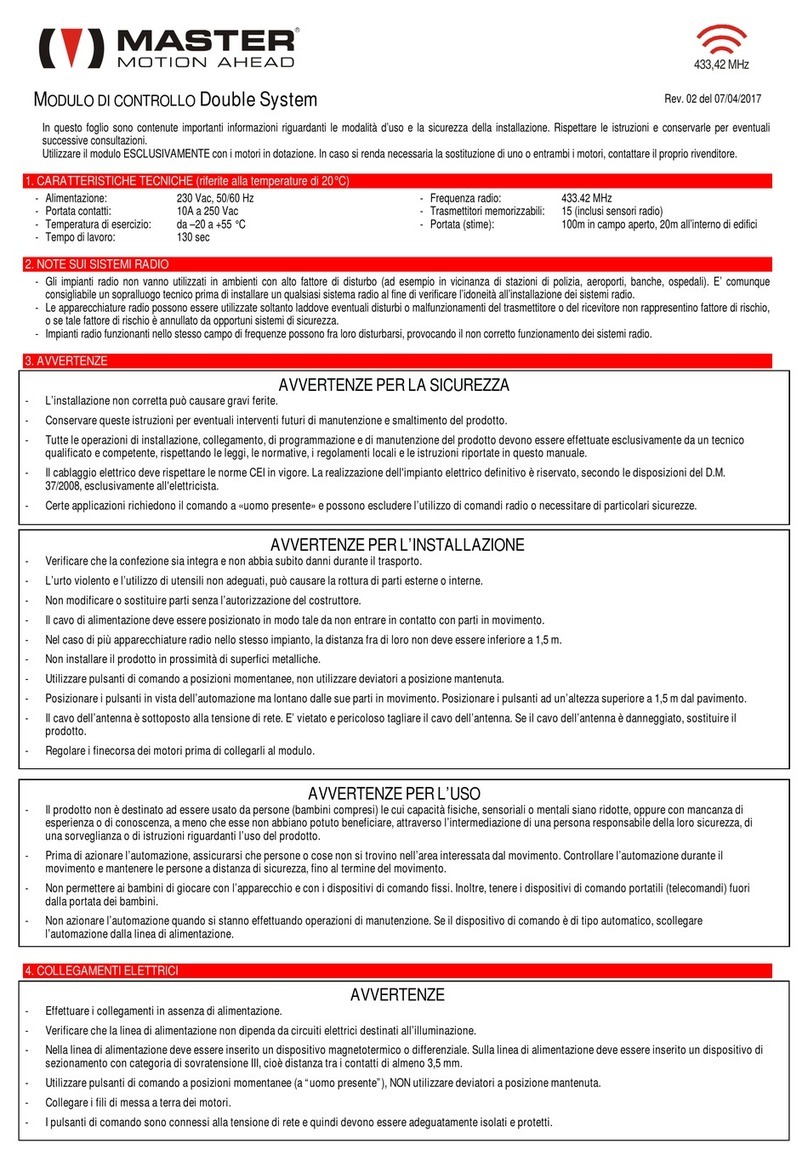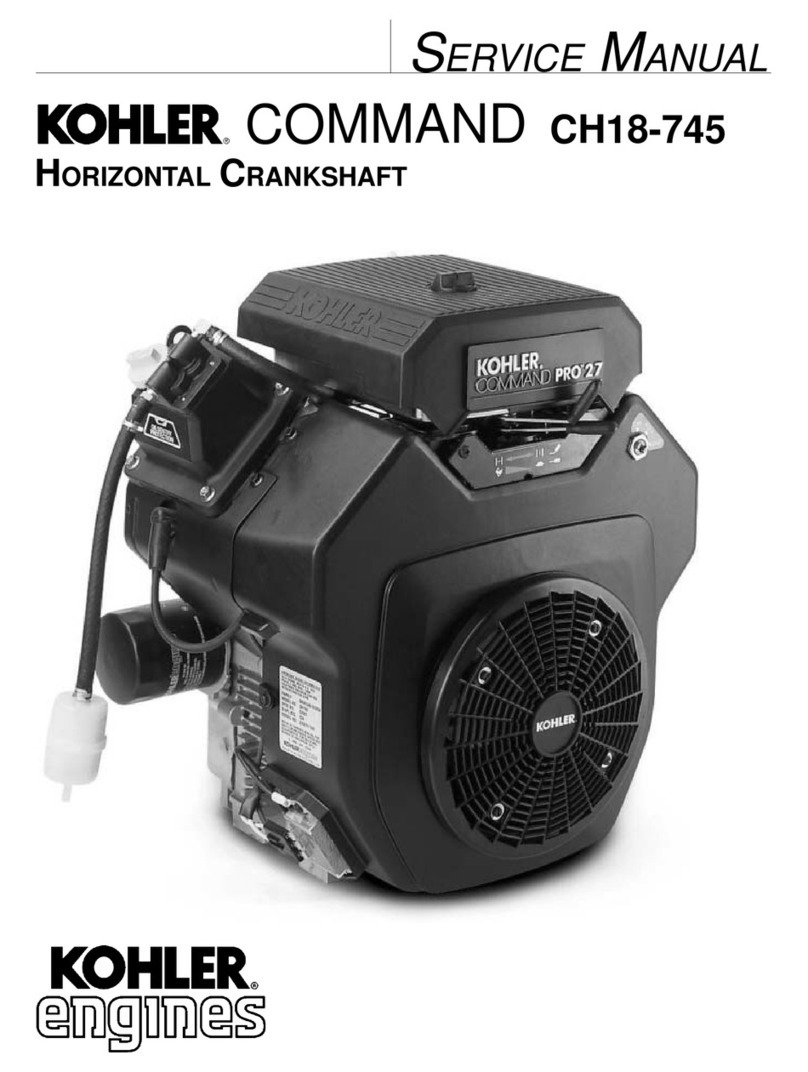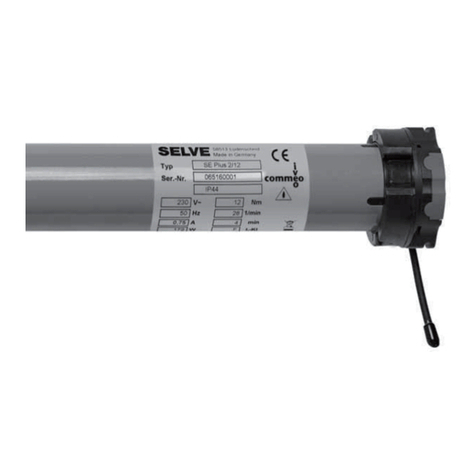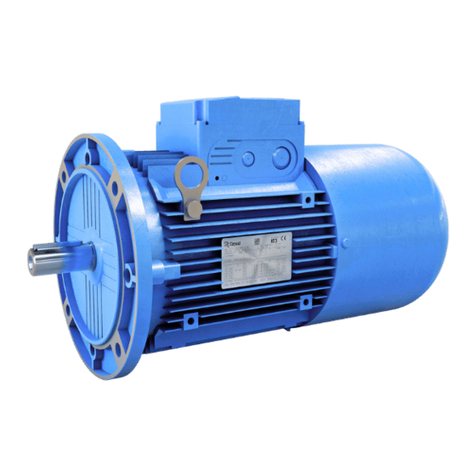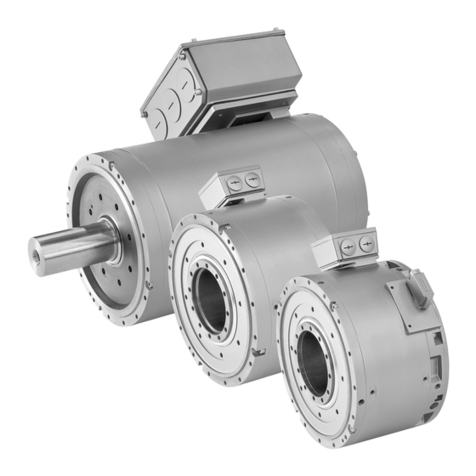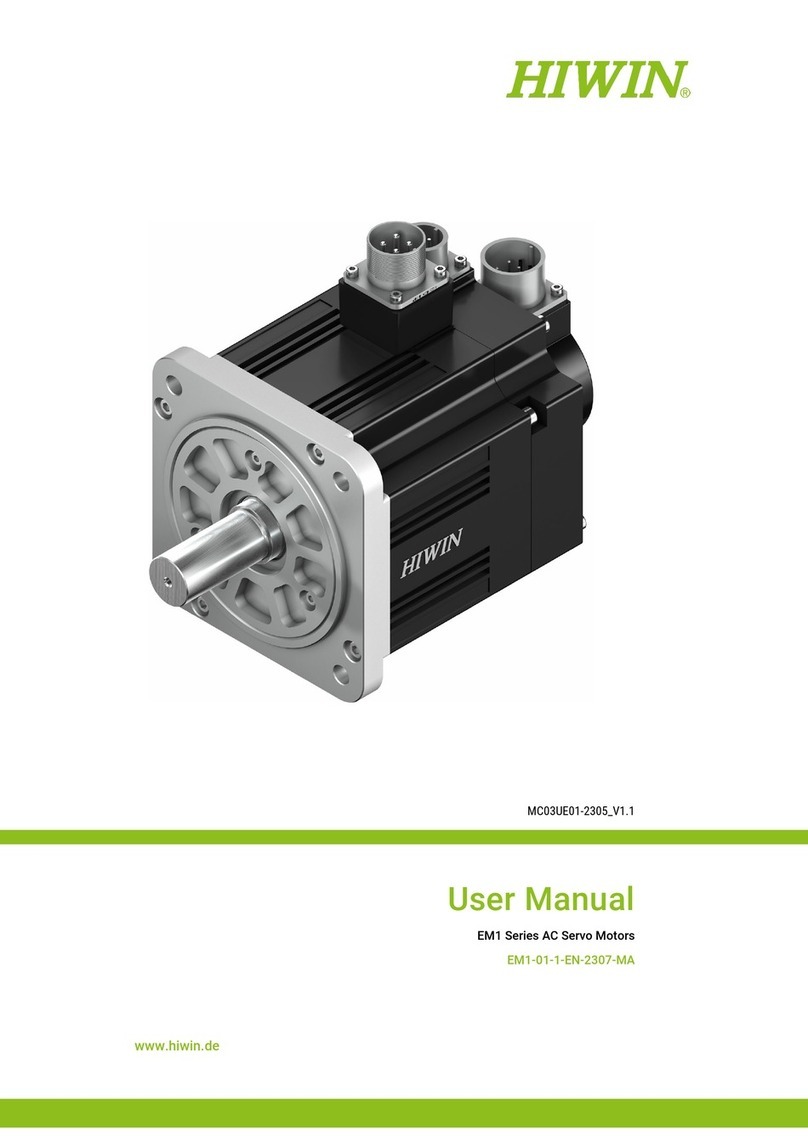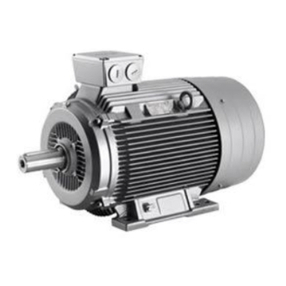
06
14. LOGICA PULSANTI
14.1 UTILIZZANDO IL TRASMETTITORE
01. Porta il motore in finecorsa superiore.
02. Togli tensione, attendi qualche secondo, alimenta nuovamente.
03. Entro 15 secondi, premi brevemente e velocemente 8 volte SU.
Il motore effettua 3 movimenti in discesa.
04. Entro 15 secondi, premi brevemente e velocemente 3 volte SU.
Il motore segnala: 1 su = uomo presente, 1 giù = impulso.
05.
06. Attendi 10 secondi.
Il motore segnala: 1 su = uomo presente, 1 giù = impulso.
Per selezionare «impulso»: premi brevemente GIU.
Per selezionare «uomo presente»: premi brevemente SU.
14.2 UTILIZZANDO I PULSANTI DI COMANDO
I pulsanti di comando possono funzionare in logica IMPULSO oppure in logica UOMO PRESENTE.
per muovere il motore premere un pulsante per almeno 0,5 secondi, per arrestare il motore premere brevemente (meno di 0,5 secondi) uno dei due pulsanti.
per muovere il motore premere un pulsante per almeno 0,5 secondi, per arrestare il motore rilasciare il pulsante. La fabbrica imposta il motore per lavorare in
logica IMPULSO. Per modificare il parametro:
IMPULSO:
UOMO PRESENTE:
Trasmettitori ARCO Trasmettitori FLUTE, KUADRO, KORT Trasmettitori VISIO Altri trasmettitori...
01. Porta il motore in posizione intermedia.
02. Premi MENU per circa 5 sec, sul display
compare la scritta «rS».
03. Premi 1 volta PREV e 8 volte NEXT.
Sul display compare «18».
04. Premi STOP. Il motore segnala:
1 su = uomo presente, 1 giù = impulso.
05. Per selezionare «impulso»: premi PREV
Per selezionare «uomo p.»: premi NEXT
06. Premi STOP. Il motore segnala:
1 su = uomo presente, 1 giù = impulso.
01. Porta il motore in posizione intermedia.
02. Mantenendo premuto STOP premi anche
PROG per circa 1 sec, finché i led si
accendono.
03. Premi 1 volta SU e 8 volte GIU.
04. Premi STOP. Il motore segnala:
1 su = uomo presente, 1 giù = impulso.
05. Per selezionare «impulso»: premi GIU
Per selezionare «uomo p.»: premi SU
06. Premi STOP. Il motore segnala:
1 su = uomo presente, 1 giù = impulso.
01. Porta il motore in posizione intermedia.
02. Premi MENU, sul display compare la
scritta «Menu Rx».
03. Premi 1 volta PREV e 8 volte NEXT.
Sul display compare «18».
04. Premi STOP. Il motore segnala:
1 su = uomo presente, 1 giù = impulso.
05. Per selezionare «impulso»: premi GIU
Per selezionare «uomo p.»: premi SU
06. Premi STOP. Il motore segnala:
1 su = uomo presente, 1 giù = impulso.
Consulta il manuale del
tuo trasmettitore alla
voce:
«MENU RICEVITORE -
FUNZIONE 18 -
Logica pulsanti» .
15. TEST RADIO
15.1 UTILIZZANDO IL TRASMETTITORE
01. Porta il motore in finecorsa superiore.
02. Togli tensione, attendi qualche secondo, alimenta nuovamente.
03. Entro 15 secondi, premi brevemente e velocemente 8 volte SU.
Il motore effettua 3 movimenti in discesa.
04. Entro 15 secondi, premi brevemente e velocemente 5 volte SU.
Il motore segnala:
05.
06. Attendi 10 secondi.
Il motore segnala:
1 su = attivo, 1 giù = inattivo.
Per disattivare: premi brevemente GIU.
Per attivare: premi brevemente SU.
1 su = attivo, 1 giù = inattivo.
15.2 UTILIZZANDO I PULSANTI DI COMANDO
Non appena nel motore viene memorizzato un sensore vento o sole/vento radio, si attiva automaticamente un controllo di comunicazione tra sensore e motore. Se la comunicazione
viene a mancare per più di 60 minuti, il motore effettua una manovra di salita a protezione dell'avvolgibile. Questa manovra viene eseguita ogni 60 minuti fino al ripristino della
comunicazione. La fabbrica consiglia di mantenere attivo il “test radio” al fine di individuare eventuali malfunzionamenti del sensore. Per modificare il parametro:
10.1 UTILIZZANDO IL TRASMETTITORE (solo Atom e Leg)
Trasmettitori ARCO Trasmettitori FLUTE, KUADRO, KORT Trasmettitori VISIO Altri trasmettitori...
01. Porta il motore in posizione intermedia.
02. Premi MENU per circa 5 sec, sul display
compare la scritta «rS».
03. Premi 1 volta PREV e 7 volte NEXT.
Sul display compare «17».
04. Premi STOP. Il motore segnala:
1 su = attivo, 1 giù = inattivo.
05. Per disattivare: premi PREV
Per attivare: premi NEXT
06. Premi STOP. Il motore segnala:
1 su = attivo, 1 giù = inattivo.
01. Porta il motore in posizione intermedia.
02. Mantenendo premuto STOP premi anche
PROG per circa 1 sec, finché i led si
accendono.
03. Premi 1 volta SU e 7 volte GIU.
04. Premi STOP. Il motore segnala:
1 su = attivo, 1 giù = inattivo.
05. Per disattivare: premi GIU
Per attivare: premi SU
06. Premi STOP. Il motore segnala:
1 su = attivo, 1 giù = inattivo.
01. Porta il motore in posizione intermedia.
02. Premi MENU, sul display compare la
scritta «Menu Rx».
03. Premi 1 volta PREV e 7 volte NEXT.
Sul display compare «18».
04. Premi STOP. Il motore segnala: 1 su =
attivo, 1 giù = inattivo.
05. Per disattivare: premi GIU
Per attivare: premi SU
06. Premi STOP. Il motore segnala:
1 su = attivo, 1 giù = inattivo.
Consulta il manuale del
tuo trasmettitore alla
voce:
«MENU RICEVITORE -
FUNZIONE 17 -
Test radio» .
Attendi 10
secondi
12
39
6
3 x SU
ON
8 x SU
impulso
uomo presente
: premi GIU
: premi SU
Attendi 10
secondi
12
39
6
5 x SU
ON
8 x SU
disattivare
attivare
: premi GIU
: premi SU
16.1 UTILIZZANDO IL TRASMETTITORE
01. Porta il motore a 50cm dal finecorsa inferiore.
02. Togli tensione, attendi qualche secondo, alimenta nuovamente.
03. Entro 15 secondi, premi brevemente e velocemente 8 volte GIU.
Il motore effettua 3 movimenti in salita.
04. Entro 15 secondi, premi brevemente e velocemente 8 volte GIU.
05.
06. Attendi 10 secondi.
Il motore segnala il valore corrente (da 1 a 4 movimenti).
Premi SU il numero di volte pari all’impostazione desiderata (da 1 a 4).
Il motore segnala la nuova impostazione (da 1 a 4 movimenti).
16.2 UTILIZZANDO I PULSANTI DI COMANDO
10.1 UTILIZZANDO IL TRASMETTITORE (solo Atom e Leg)
Trasmettitori ARCO Trasmettitori FLUTE, KUADRO, KORT Trasmettitori VISIO Altri trasmettitori...
01. Porta il motore in posizione intermedia.
02. Premi MENU per circa 5 sec, sul display
compare la scritta «rS».
03. Premi 1 volta PREV e 4 volte NEXT.
Sul display compare «14».
04. Premi STOP. Il motore segnala il valore
corrente (da 1 a 4 movimenti).
05. Premi NEXT il numero di volte pari
all’impostazione desiderata (da 1 a 4).
06. Premi STOP. Il motore segnala la nuova
impostazione (da 1 a 4 movimenti).
01. Porta il motore in posizione intermedia.
02. Mantenendo premuto STOP premi anche
PROG per circa 1 sec, finché i led si
accendono.
03. Premi 1 volta SU e 4 volte GIU.
04. Premi STOP. Il motore segnala il valore
corrente (da 1 a 4 movimenti).
05. Premi GIU il numero di volte pari
all’impostazione desiderata (da 1 a 4).
06. Premi STOP. Il motore segnala la nuova
impostazione (da 1 a 4 movimenti).
01. Porta il motore in posizione intermedia.
02. Premi MENU, sul display compare la
scritta «Menu Rx».
03. Premi 1 volta PREV e 4 volte NEXT.
Sul display compare «14».
04. Premi STOP. Il motore segnala il valore
corrente (da 1 a 4 movimenti).
05. Premi SU il numero di volte pari
all’impostazione desiderata (da 1 a 4).
06. Premi STOP. Il motore segnala la nuova
impostazione (da 1 a 4 movimenti).
Consulta il manuale del
tuo trasmettitore alla
voce:
«MENU RICEVITORE -
FUNZIONE 14 -
Trazione sui Ganci» .
Attendi 10
secondi
12
39
6
8 x GIU
ON
8 x GIU
premi SU da 1 a 4 volte
16. TRAZIONE SUI GANCI
Permette di impostare la forza con cui il terminale va ad appoggiarsi sui ganci. E’possibile scegliere tra 4 livelli (1 = forza
minima, ..., 4 = forza massima). La fabbrica imposta il parametro a livello 1. Per modificare il parametro: 1
MIN
2
+
3
++
4
MAX
Numero movimenti
Impostazione


